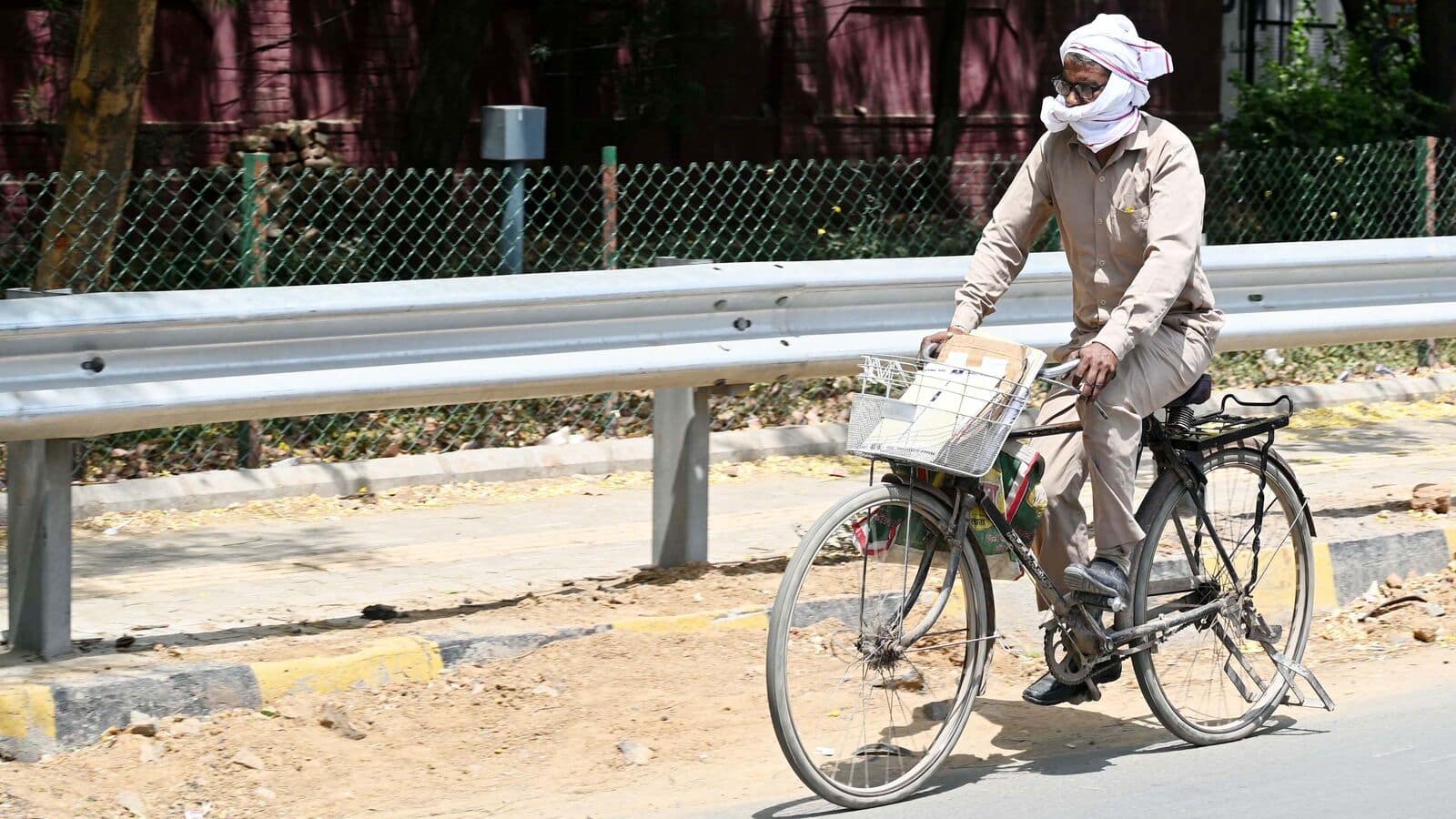
Severe heatwave in north India for 3 days
What's the story
North India is currently in the grip of a severe heatwave, with temperatures in several parts of Delhi surpassing the 47 degrees Celsius mark on Monday. The weather department has forecast heatwave to severe heatwave conditions in regions including Punjab, Haryana-Chandigarh-Delhi, west Rajasthan, east Rajasthan, west Uttar Pradesh, and isolated pockets of west Madhya Pradesh until Friday. The weather office in Delhi has issued a "red alert" for the next five days due to these extreme conditions.
Record heat
Delhi's Najafgarh records highest temperature
Delhi's Najafgarh area recorded the highest temperature in the country on Monday, reaching a scorching 47.4 degrees Celsius. This extreme heat has disrupted daily life, with many residents choosing to stay indoors during the afternoon hours. The India Meteorological Department (IMD) reported, "Today (Monday), heatwave to severe heatwave conditions were observed in many places over Haryana and Delhi." The soaring temperatures have also triggered a surge in power demand across the region.
Energy surge
Power demand peaks amid heatwave
In response to the sweltering conditions, Delhi's peak power demand reached its highest for May, hitting 7,572MW according to real-time data from the State Load Dispatch Centre. To mitigate the impact of the heatwave on daily life, several state governments including Delhi and Punjab have instructed schools to declare holidays for a few days. Other regions are also experiencing high temperatures; Gautam Buddh Nagar recorded a maximum temperature of 45.6 degrees Celsius on Monday.
Weather contrast
Southern states experience rainfall amid northern heatwave
While northern India is grappling with a severe heatwave, southern states such as Kerala and Tamil Nadu experienced rainfall on Monday, signaling the onset of the southwest monsoon later this month. The IMD predicted isolated heavy to very heavy rainfall until May 21 in Tamil Nadu, Puducherry, and Karaikal. Amidst the blistering heat, the weather department has urged people in heatwave-affected areas to take precautions such as avoiding exposure, wearing light-colored cotton clothes, and using hats or umbrellas for cover.